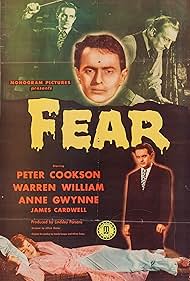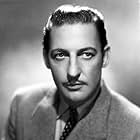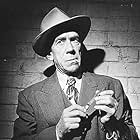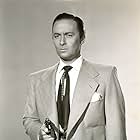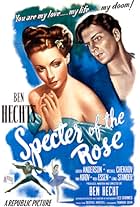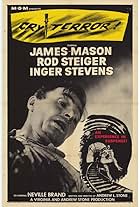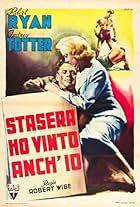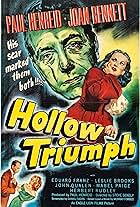The dream (or nightmare) structure was a staple of the noir cycle; The Woman in the Window, Fear in the Night, and its remake Nightmare were some of the films that employed this device. Far from a cop-out, it was a way of packaging a rather subtle psychological insight: that our dreams expressed our conflicts between our superegos and our ids. (In a later film with noirish roots, Brian De Palma's Body Double, the "story" of the movie similarly sketched the protagonist's worst self-estimation, triggered by a claustrophobic episode.)
In Fear, a medical student (Peter Cookson) is on the brink of abandoning school because his money has run out; in frustration, he murders a professor who moonlights as a pawnbroker. Questioned by the police, he ill-advisedly spouts warmed-over Nietzsche like the effete killers in Hitchcock's Rope. Then, out of the blue, a scholarly periodical to which he submitted an article sends him a check for $1000 (!) -- the most implausible occurrence in the entire noir cyle. He grows more reckless, and suspicion continues to grow....
Fear was a low-budget Monogram programmer (clocking in at just over an hour) but looks a lot better, angled and shadowed like more lavish productions. It won't satisfy the literal-minded, but it's a decent enough way to while away a dark hour.
